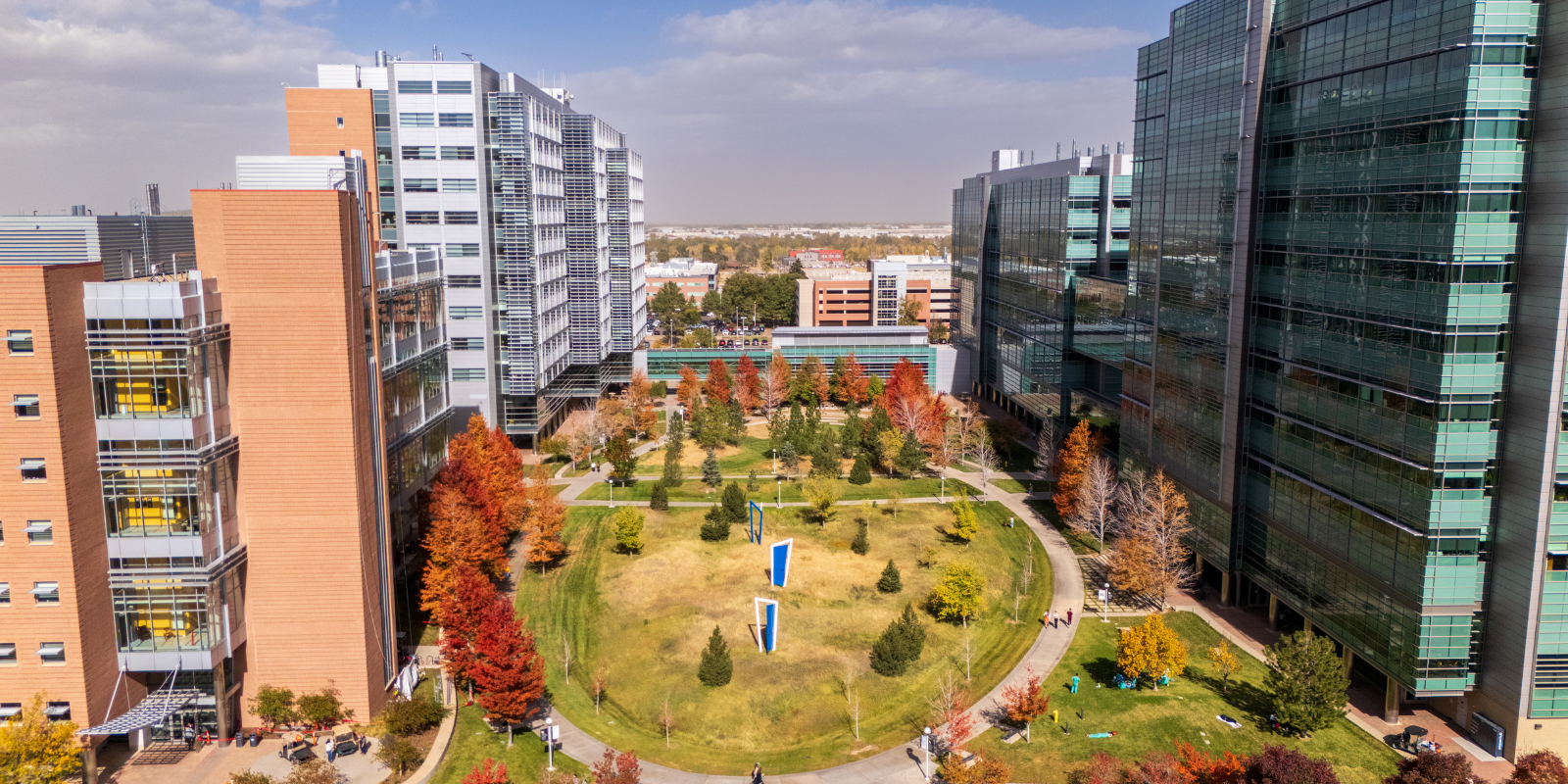Leah Crawford was in her first year of medical school at the University of Colorado School of Medicine when she became concerned about the photographs that were being used to illustrate disabilities in some of her classes.
“In our first year of medical school, we would have a lot of lectures that present different conditions and disabilities, based on a medical science framework,” says Crawford, who has achondroplasia dwarfism. “I noticed that a lot of the photos were taken in doctors’ offices, and many of them were the traditional type of photo that we associate with medical textbooks, where the person is standing in the office, with their back against the wall, dressed or undressed, with a black bar across their eyes. They are images that are hard to identify with, and it’s difficult to see the people in them as existing outside of solely that condition.”
After one such lecture, Crawford asked the faculty member if it might be possible add photos of people with disabilities that were more approachable or better illustrated the full lives they lead outside of their doctors’ offices.
“She said she didn't have access to any,” Crawford says, “and I thought, ‘I could change that.’”
Gathering images
Soon after that encounter, Crawford, who is now finishing her third year at the CU School of Medicine, started Teach MEDisability, a website and project that gathers photos from individuals and organizations that show people with disabilities outside of the doctor’s office — with their families at home, playing sports, on vacation.
“This is my attempt to build on the idea that disability is a part of life,” Crawford writes on the website’s homepage. “In doctor speak, it is ‘within the range of normal,’ and is not something that needs to be ‘fixed.’ It is a part of how I identify, and that should be reflected in how medical professionals are educated. I hope these photos make disability seem less medical, less scary, and less like something that is our job to fix. These photos show us living our lives.”
Authentic illustrations
Crawford began reaching out through email, social media, and other means, asking advocacy organizations, as well as individuals and their families, to share photos that show the full range of life with a disability.
Her SharePoint site, which is accessible to CU instructors, currently includes photos of individuals with conditions including Marfan syndrome, Down syndrome, multiple sclerosis, cerebral palsy, and autism spectrum disorder.
“I want this site be an easier place to go for photos of various medical conditions that are taught in those first-year medical science lectures,” Crawford says. “Rather than going on Google or using old textbooks for photos, you can come to this website, know that all the permissions are there ready for you to use, and incorporate those into lectures as you talk about the physical phenotype and what the disability or the condition looks like.”
Aimee Bernard, PhD, an assistant professor in the Department of Immunology and Microbiology who uses photos from MEDisability in her classroom presentations, says Crawford’s fills a void by showing photos of real people with a variety of diseases and abilities.
“I have used Leah's photo collection to showcase real patients living with different diseases or abilities in ways that the patients felt truly represented their life,” she says. “For a patient to submit a photo to this collection, it reflects the way that they themselves, as humans living with a certain disease or condition, wants to be portrayed. The use of this collection feels much more authentic and truer to the patients.”
Medical mission
It’s an especially important mission in medical school, Crawford says, where only about 5% of medical students identify as having a disability, compared to 26% of the general population.
“This will be the first time that a lot of medical students have any exposure to what it’s like to have a medical condition or disability,” she says. “Studying disability in the abstract is very different from understanding what it means to live with disability. I hope the photos that are taken and submitted by patients and their families are indicative of what it means to live life with the disability, rather than to have the disability only in a medical setting.”
Ultimately, she wants the photo archive to be the beginning of a greater understanding of disability that will extend to the future physicians’ clinical practice.
“My hope is that medical students going forward have a better idea of disability as existing separately from academia, separately from the physician’s office,” she says. “I want them to be able to identify with their patients as people who have disabilities, rather than solely the condition that they have been assigned. I hope it ultimately brings some awareness to how a disability or the idea of a disability might cause physicians to treat a patient differently. I’m hoping to disrupt what their assumptions might be when they see that label on the chart before they meet a patient in person.”
→ If you have photos you would like to submit for consideration, please visit the MEDisability photo submission page.



